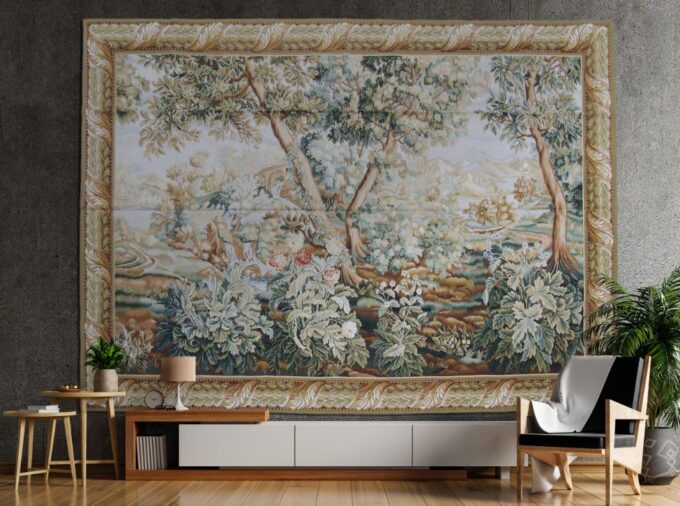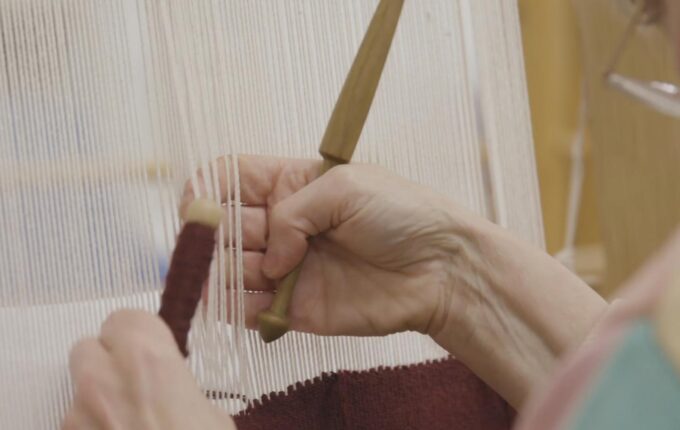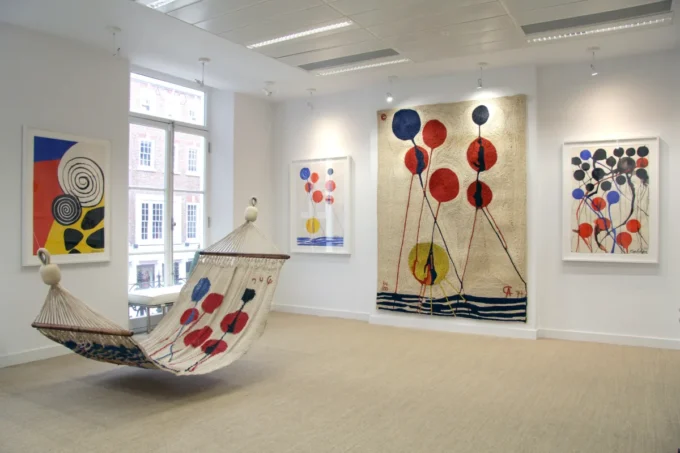
Source: goodluckrugs.com
In an age where mass production reigns supreme, it is easy to overlook the timeless allure of hand-woven tapestries. These stunning pieces of textile art offer a unique window into the soul of the artisan who created them.
For many, the experience of wrapping themselves in a blanket made from handmade fibers resonates with an emotional depth that store-bought décor simply cannot match.
Also, if you want to learn more about this topic, check out https://jenniemoncur.com/.
The journey of selecting a tapestry for their home often feels like part of a larger story—one woven with tradition, artistry, and personal significance.
The Beauty of Hand-Woven Tapestries ─ Why They Make a Unique Wall Hanging
Hand-woven tapestries are enchanted with their artisan craftsmanship and intricate designs. Each piece represents a labor-intensive process where skilled artisans employ traditional techniques to create stunning visual stories.
Using discontinuous weft threads, they weave color and texture into each tapestry, resulting in vibrant images that captivate observers. The uniqueness of these wall hangings lies not only in their aesthetic appeal but also in the personal touch embedded in the handmade art.

Source: rmg.co.uk
Artisan Craftsmanship and Intricate Designs
The essence of hand-woven tapestries begins with the dedication to artisan craftsmanship. Each artist pours countless hours into their work, focusing on the minutiae that will ultimately transform plain fabric into an extraordinary piece of art.
Intricate designs emerge, reflecting cultural narratives, natural landscapes, or abstract concepts. Such creations not only serve as decorations but also embody a story, connecting the viewer to the artisan’s journey.
The Role of Tapestries in Home Decor
In the realm of home decor, hand-woven tapestries serve as more than mere decorative elements. When displayed strategically in living rooms, bedrooms, or art galleries, these unique wall hangings command attention.
They can transform a mundane space into an inviting retreat, making them invaluable in modern interior design. The presence of a well-crafted tapestry breaks the monotony, infuses personality into the environment, and sparks conversation among visitors. Ultimately, they invite admiration for both their artistic qualities and the skilled craftsmanship behind them.
Modern Interpretations of Tapestry Art
Today’s tapestry landscape showcases a dynamic blend of traditional techniques with innovative practices. Contemporary tapestry weaving breathes new life into this time-honored craft, allowing artists to explore unprecedented forms and expressions. The harmonious mix of materials such as cotton, linen, and wool exemplifies the evolution of modern tapestry art.

Source: omertiroche.com
Contemporary Tapestry Weaving Techniques
Modern artists employ various techniques that push the boundaries of textile art. They utilize contemporary methods alongside ancestral skills, creating pieces that reflect personal narratives and societal themes.
Connecting Art with Craft in Today’s Tapestries
The dialogue between art and craft in today’s tapestry scene enriches the storytelling aspect of this textile art. Modern artisans leverage their skills to communicate complex messages through their work, emphasizing both aesthetic and meaning. As these creators redefine the essence of tapestry, they continue to inspire admiration and provoke thought.
Conclusion
In a world where fast production often overshadows artistry, hand-woven tapestries stand as a testament to enduring creative practices. They serve not merely as decorative items but as unique wall hangings that reflect rich histories, cultural narratives, and the dedicated effort of skilled artisans.
The intricate designs crafted through artisan craftsmanship breathe life into spaces, transforming walls into storytelling canvases that captivate and inspire.



